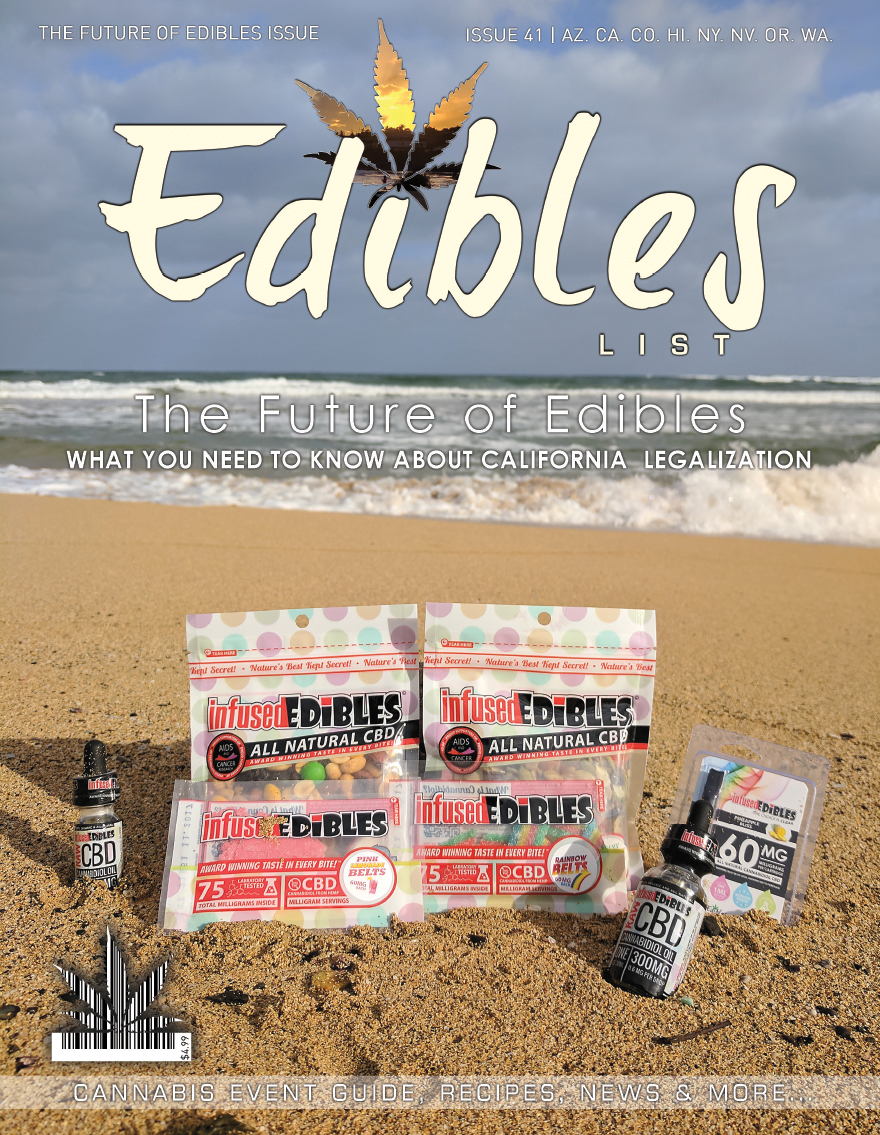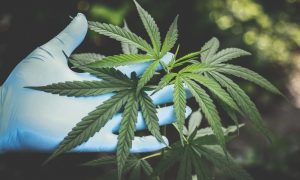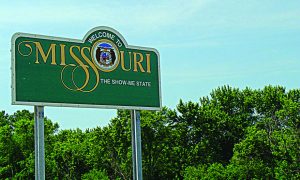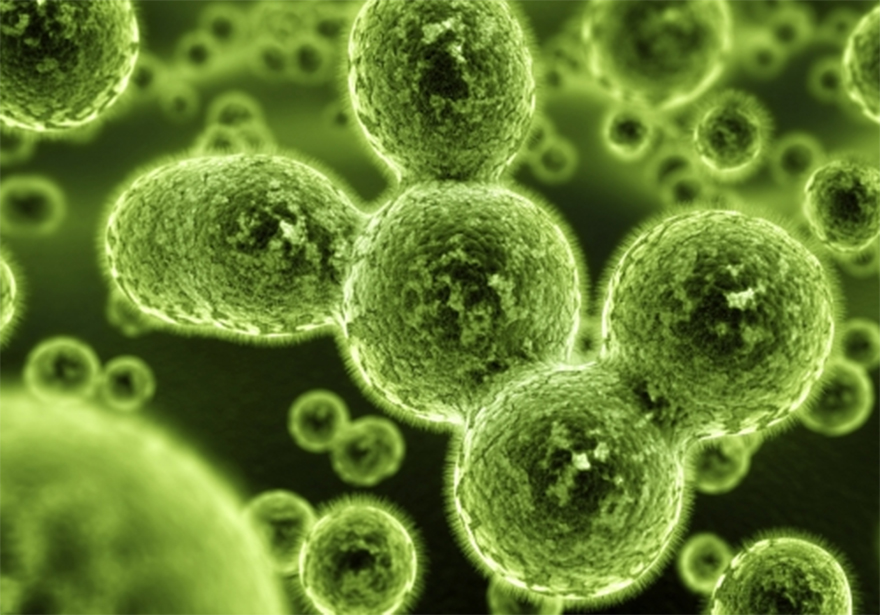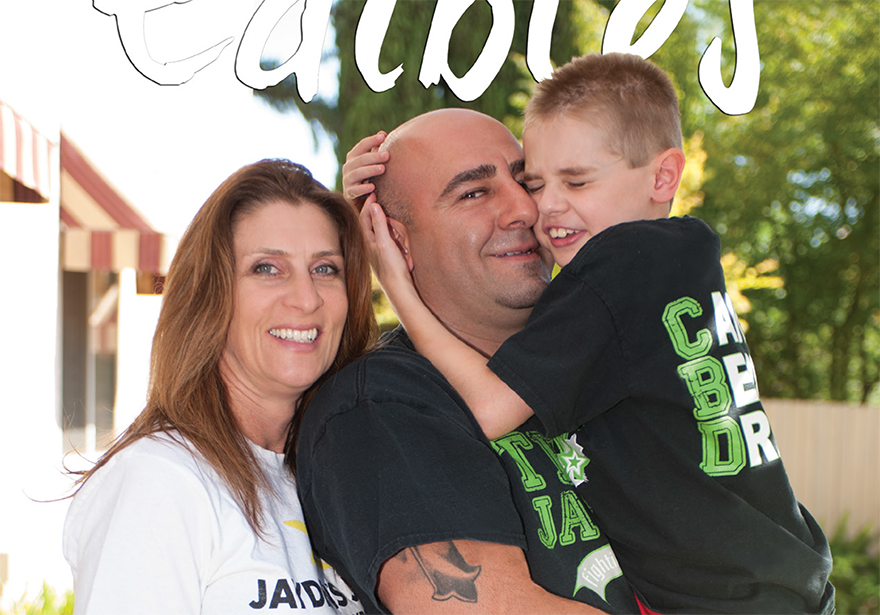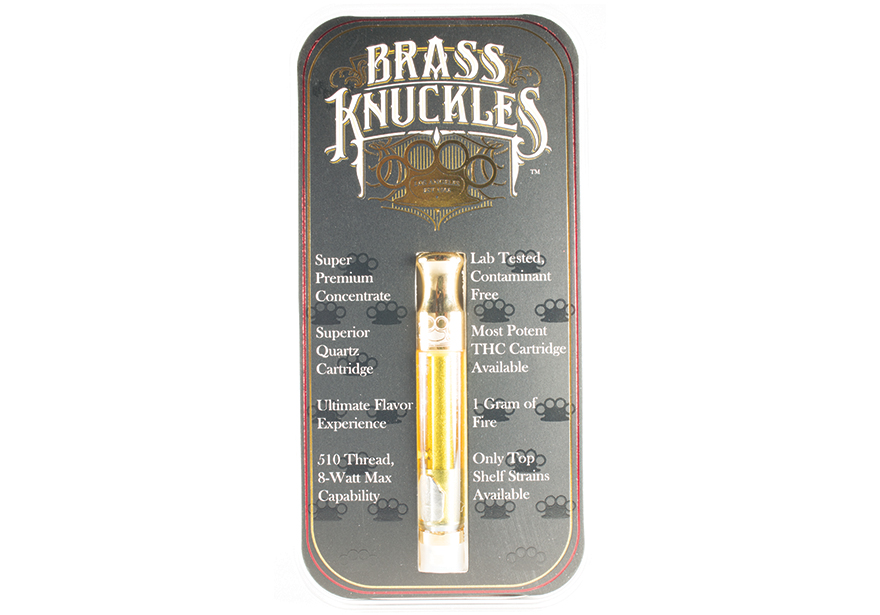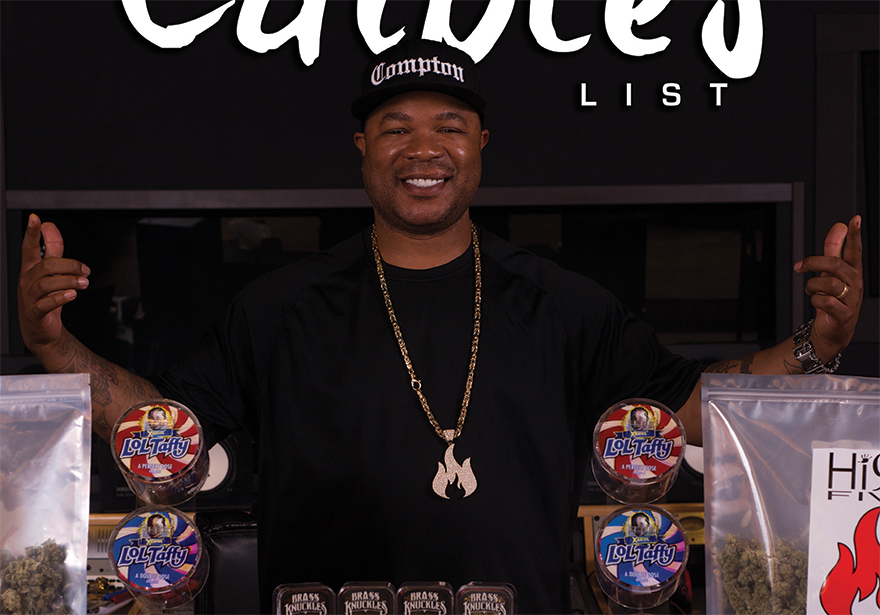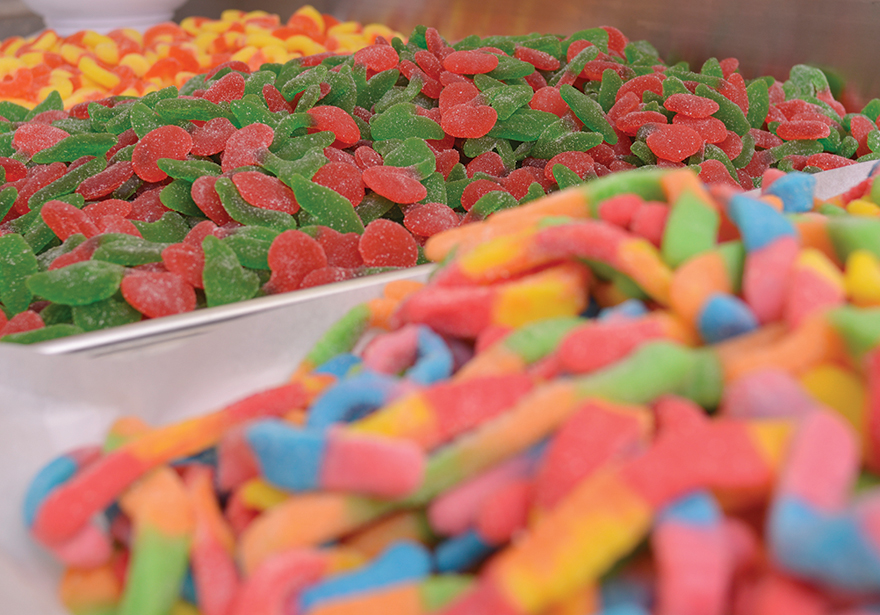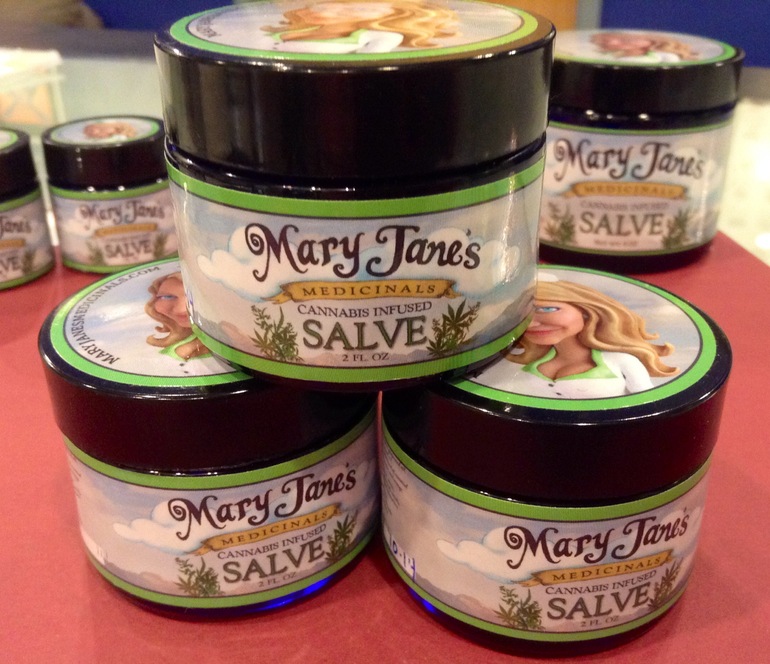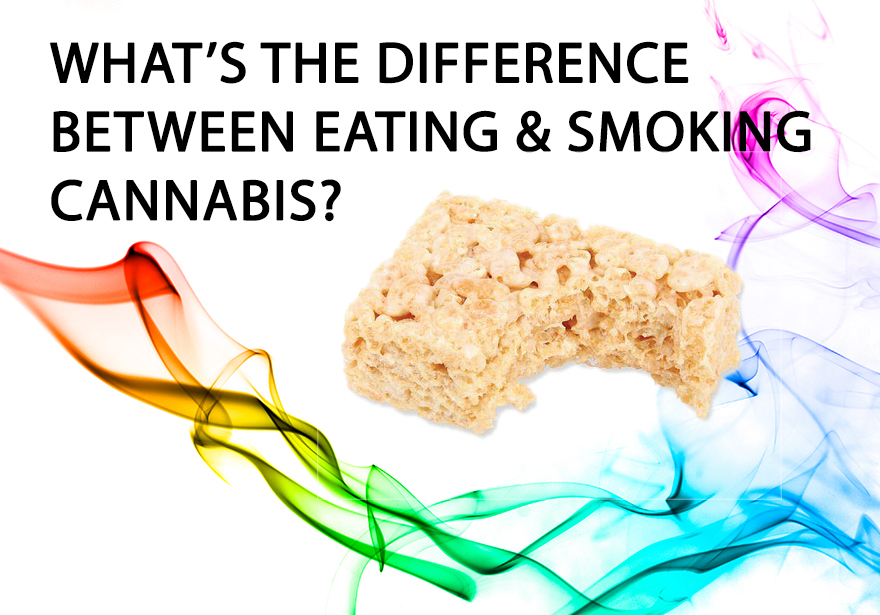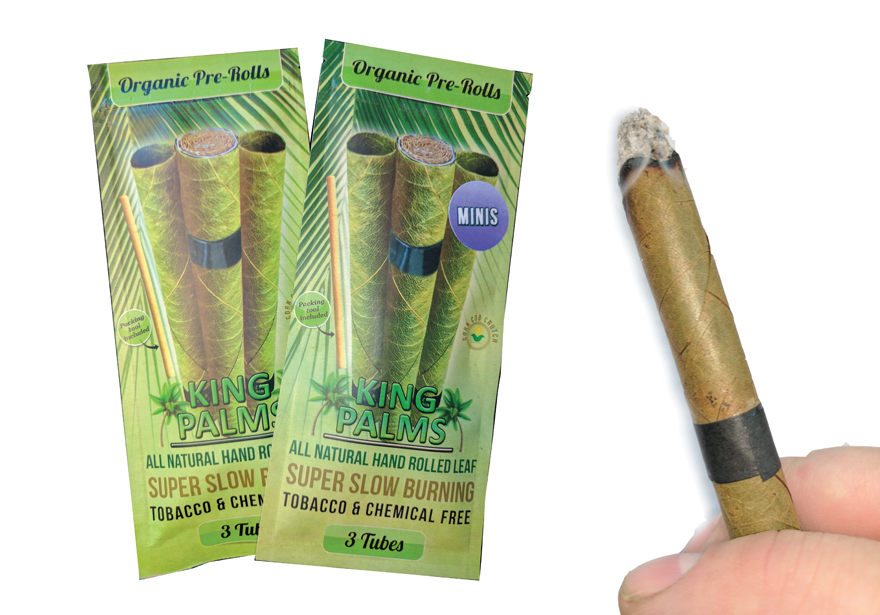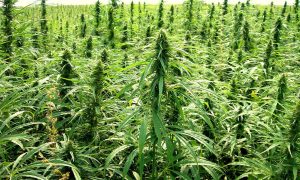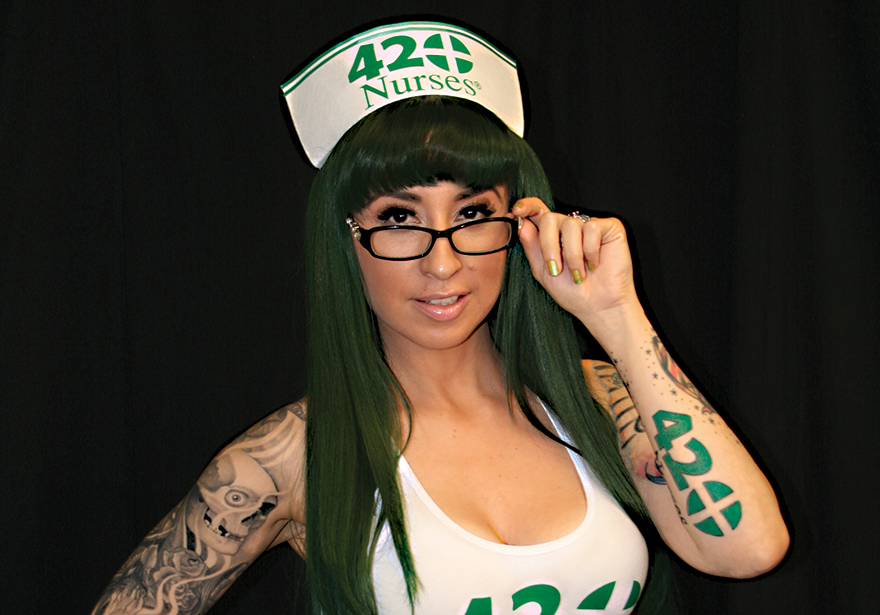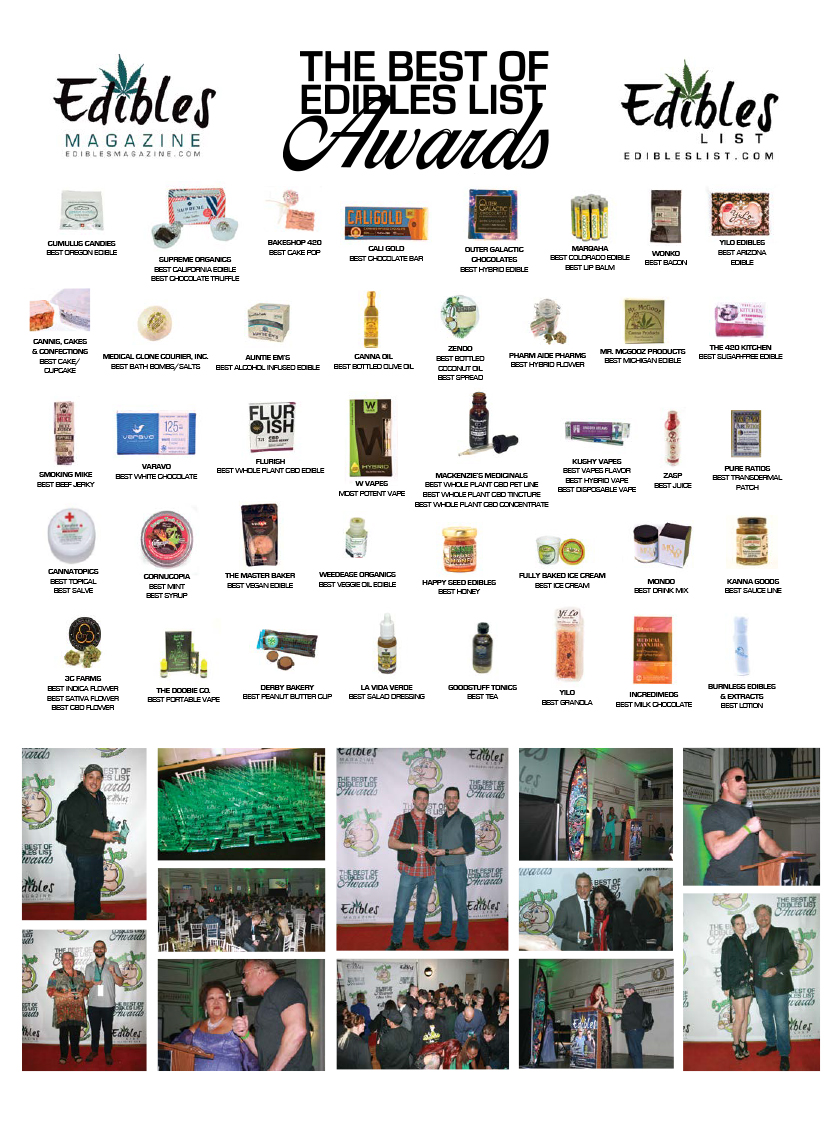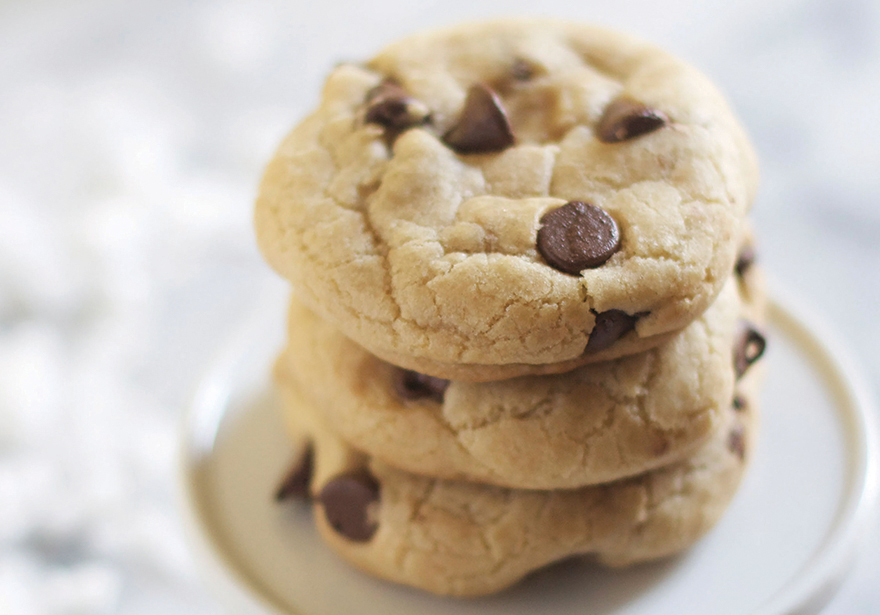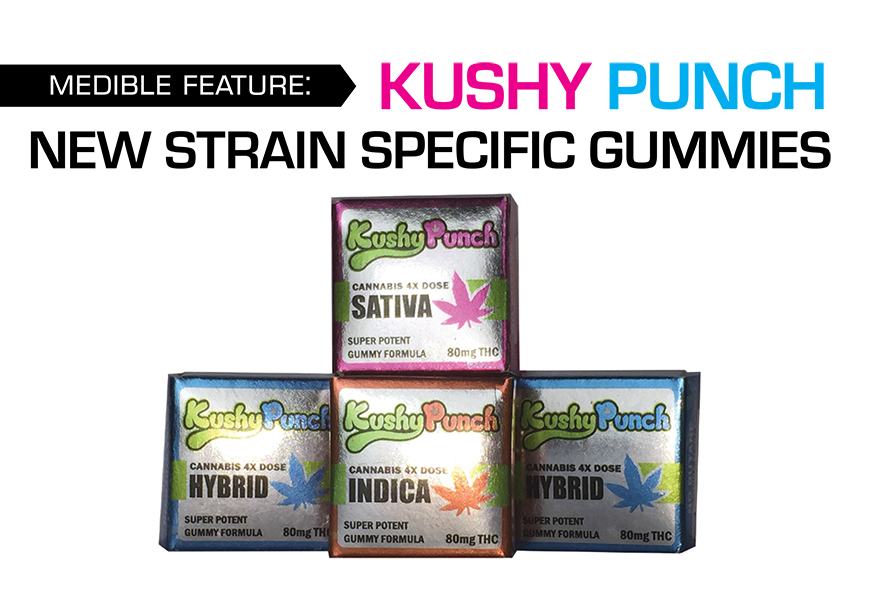The future of edibles and legalized recreational adult use cannabis in California is rapidly approaching as we all knew it would and many manufacturers are doing their very best to prepare for the new regulatory rules being imposed by the state. While the general public seems pretty thrilled with the idea of being able to “buy legal weed”, those of us who’ve been occupying the medical cannabis space for any amount of time feel more like there is less being gained than there is being lost. For anyone willing to spend 20 minutes talking online to a doctor for forty dollars annually to be granted the privilege of being able to have a 1500mg THC treat delivered direct to their door, the new regulations are troubling, especially for genuine medical patients suffering from chronic pain, debilitating diseases, anxiety and depression. This is probably how Danica Patrick felt when she turned 16 and was finally legally allowed to drive the speed limit. Most voters seemed to think they’d be able to begin purchasing cannabis at stores like Target and Rite-Aid beginning in 2018, but the truth is they’ll need to buy it in a special adult use recreational store that adds a new 15% sales tax. If the product being purchased isn’t already pre-packaged in a specially compliant exit bag, the customer will need to purchase one from the store. It is definitely going to be a lot more expensive for everyone to continue, from the seed salesman to the person eating that marijuana infused cookie and perhaps over 100 people in between. Smaller companies will not be able to afford to stay in the game without the acquisition of investors, strategic partners or both. Licensing costs are high and so are all of the new taxes.
For makers of edibles there are even more changes happening. The new regulations are very specific about what will now be allowed when it comes to making and distributing cannabis infused edibles. There’s a 100mg cap and the product must be separated into ten individually wrapped 10mg doses (I personally don’t feel anything under 30-40mg minimum.) No more cute shapes that will appeal to children, so say goodbye to gummy bears or worms or anything else resembling a recognizable animal, creature, little person, or other cute shaped object like a tiny candy hat or chair. Some edibles makers will survive by teaming up with other struggling companies in the hope that their combined resources will allow them to continue operating under the new regime. Others will simply have to quit and many have already begun to close up shop in anticipation of being pushed out of the market by the limitations being imposed by the new laws. More and more we are hearing rumors and whispers that it will just be easier to move operations back to the black market and it isn’t hard to see why people would feel that way. We’ll be going into further technical details about exactly what the recreational regulations will mean in terms of changes and how those changes will be effecting both vendors and patients.
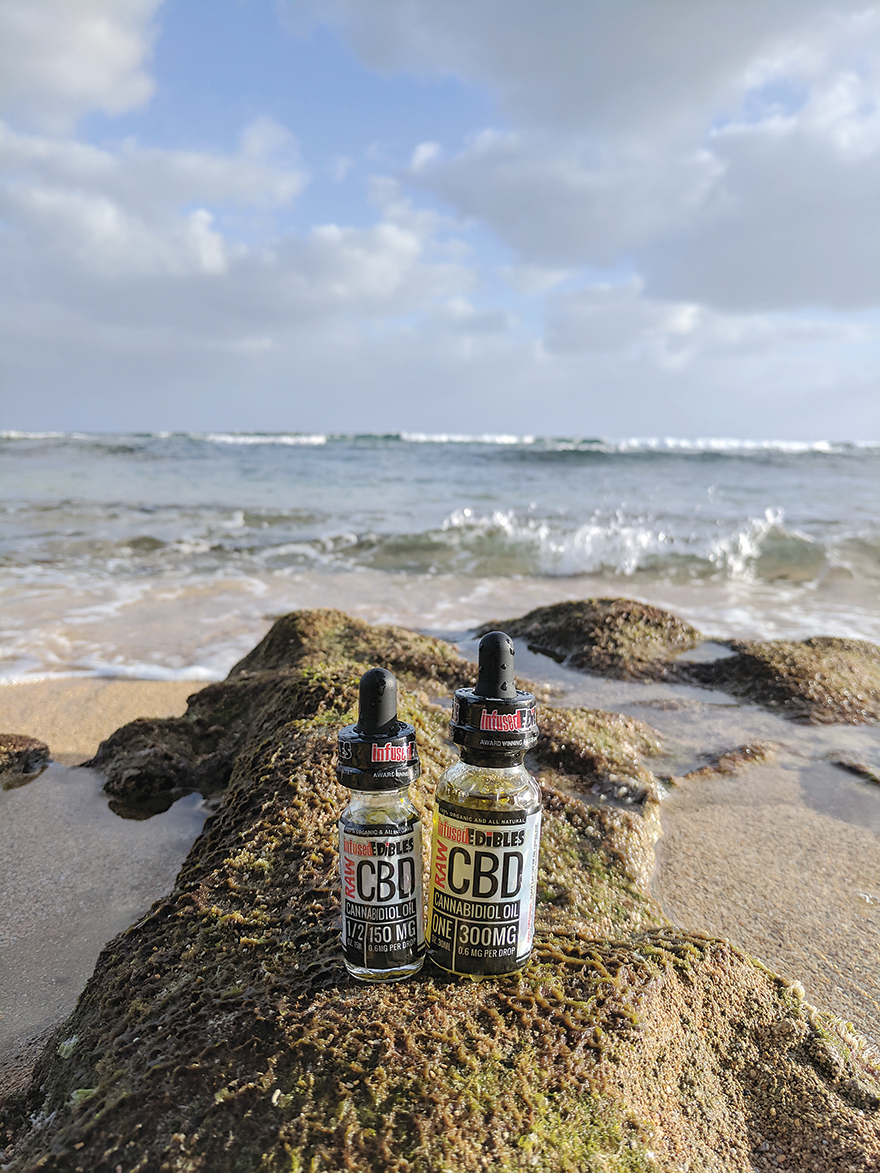
We spoke to Chris Cross, CEO and creator of Infused Edibles, whose products are featured in the photos here taken in Kauai, Hawaii during The International Cannabis Business Conference, about the future of cannabis, edibles, and the recreational market. Chris has been in business with his company for over five years selling THC edibles in California and CBD edibles everywhere, and his menu features the highest number of different individual product skus in the entire industry. He helped to enlighten us as to what’s happening with all of the new legislation and what it means for this business. Here’s some of the finer points on what’s coming and exactly what it means for the seemingly uncertain future of edibles.
Moving Towards Hemp CBD Edibles and Other Products
Hemp is definitely the direction many cultivators and product manufacturers will be moving toward. It can be sold in the regular retail market and enable the vendor to avoid the extra sales tax and exit bag costs associated with selling in a cannabis store. Hemp comes from both the seeds and the stalk of industrial hemp cannabis plants, and cannabidiol oil or CBD hemp oil is an organic botanical concentrate high in CBD compounds. There are more than 85 cannabinoids identified in the cannabis plant so far, and CBD is the second most common after tetrahydrocannabinol. Cannabinoids are special chemicals found in cannabis that have the ability to provide much needed relief to both people and animals who suffer from of a wide variety of medical conditions. The cannabinoid molecules of the plant enter the body and activate certain cannabinoid receptors that are found naturally. Cannabidiol is a naturally occurring cannabis compound present in cannabis plants. It is not psychoactive like other cannabinoids found in the cannabis plant, such as tetrahydrocannabinol. Despite its lack of psychoactive abilities, researchers have shown that cannabidiol possesses significant antioxidant and neuroprotective properties that have been shown by researchers to be beneficial in the treatment of neurological disorders. CBD is found in all parts of the cannabis plant but is the most prevalent in the female plant’s flower resin glands.
Hemp CBD concentrate is made from hemp containing high-cannabidiol that contains a low tetrahydrocannabinol level. The low levels of THC make the CBD oil non-psychoactive. Hemp belongs to the genus Cannabis sativa and has been cultivated for thousands of years as a source of fiber, edible seeds, edible oil, lubricant, and as a fuel. The hemp “seed” is actually an achene: a simple dry fruit with a hard shell, just like a sunflower seed. It is considered one of the most versatile and economical plants, with many uses from food to bio-fuel. Researchers have found that applying the oil to areas of the skin suffering from acne breakouts often clears up the troubled areas quickly. When ingested, the oil provides anti-anxiety and anti-inflammatory effects, which is highly beneficial for many different health conditions. Hemp seeds can be turned into hemp seed oil, butter, hemp milk and hemp flour. The list of food applications goes on and on. Hemp is considered one of the most efficient plants for biofuel as an alternative to gasoline. Over the years, hemp seeds have been part of the food supply in many cultures around the world. In parts of Asia, roasted hemp seeds are eaten as a salty snack food like popcorn or peanuts. The most famous consumer of hemp seeds in history was the Buddha, who ate them during the time of his fasting and enlightenment. Tests have also shown scientists that eating hemp seeds in any form could aid, if not heal, people suffering from immune deficiency diseases.

An Explosion of New Products in the CBD Sector
As the regulations and restrictions on edible products containing tetrahydrocannabinol become more and more limiting to manufacturers, many people in the industry are shifting focus away from THC and moving towards CBD. For those of us who have been immersed in the medical cannabis world or had access to legal product for any amount of time, CBD is something we’ve been aware of for quite a while. It’s easy to forget that a good majority of the public is unfamiliar with the idea of any form of cannabis having medicinal benefits without any of the psychoactive side effects associated with using marijuana. It is believed that CBD interacts with the body through the body’s endocannabinoid system. These systems regulate the body’s appetite, sleep cycle, mood, hormonal balance and immune response system. CBD and hemp oils are each made from different parts of the plant and have different purposes. CBD is a compound found in hemp flowers, so in the extraction process you pull as much of it from the plant matter as possible and then purify it further during processing. Hemp oil is made from pressing hemp seeds and is used in a wide variety of products including new forms of pharmaceuticals.
Low Dose Edibles and No More 100 mg Edibles
California’s adult-use market starts on January 1st of 2018 and cannabis edibles sold in adult use recreational dispensaries will now need to be a total strength not in excess of 100 milligrams of THC. Edibles must also be divided into clearly identifiable individual servings of no more than 10mg in strength each. Microdosing is a growing trend as cannabis consumption becomes more mainstream and is the practice of ingesting edible cannabis products that have such a low serving size that there are almost no noticeable psychoactive effects. Edibles are considered “micro-dosed” if they have 5mg or less of active THC in a single serving. The new limits will apply to medicinal cannabis products as well but the more potent edibles will still be available for well into the new year. High dose products will allowed at medical cannabis dispensaries until July 1st, 2018 provided they have additional labeling that clearly identifies them as being stronger than the new 100 mg cap. Patients will have to make their own potent edibles.
Child Resistant and Tamper Evident Packaging will Become the New Standard
Child resistant and safe packaging has been a long time goal of many companies and lobbyists in the cannabis industry, so many people see this as a welcome change. California has also now included tamper evident packaging in the new regulations. This means that the product will now be packaged in a container within which a product is sealed so that the contents cannot be opened without the clear and obvious destruction of the seal. Things like shrink bands and heat-sealable mylar bags, that must be broken to open the product, will be cost effective options for creating compliant and tamper evident cannabis infused products. It gets even more technical and complicated from there and into details that most of us don’t normally think about, so bear with us. Now, according to the new regulatory rules, if an edible product that contains an ingredient, flavoring, coloring or any kind of additional additive that contains a major kind of food allergen, the word “contain,” followed by the list of the applicable major food allergens must be listed. The information panel text must be in a type size of no less than 6 point font and in relation to the size of the primary panel and container, unless there isn’t enough room on the container available to print all of the necessary information in a type size of no less than 6 point font. If that happens the label will also need to include the warning statements in a type size of no less than 6 point font, and the product needs to be accompanied by an additional label that includes all of the required information. The text of the supplemental labeling can’t be any less than 8 point font. Similar to what’s already been done in Colorado and Oregon, California has rolled out their own symbol which will have to be attached to all new cannabis products sold legally in California and the label should be printed legibly and conspicuously.
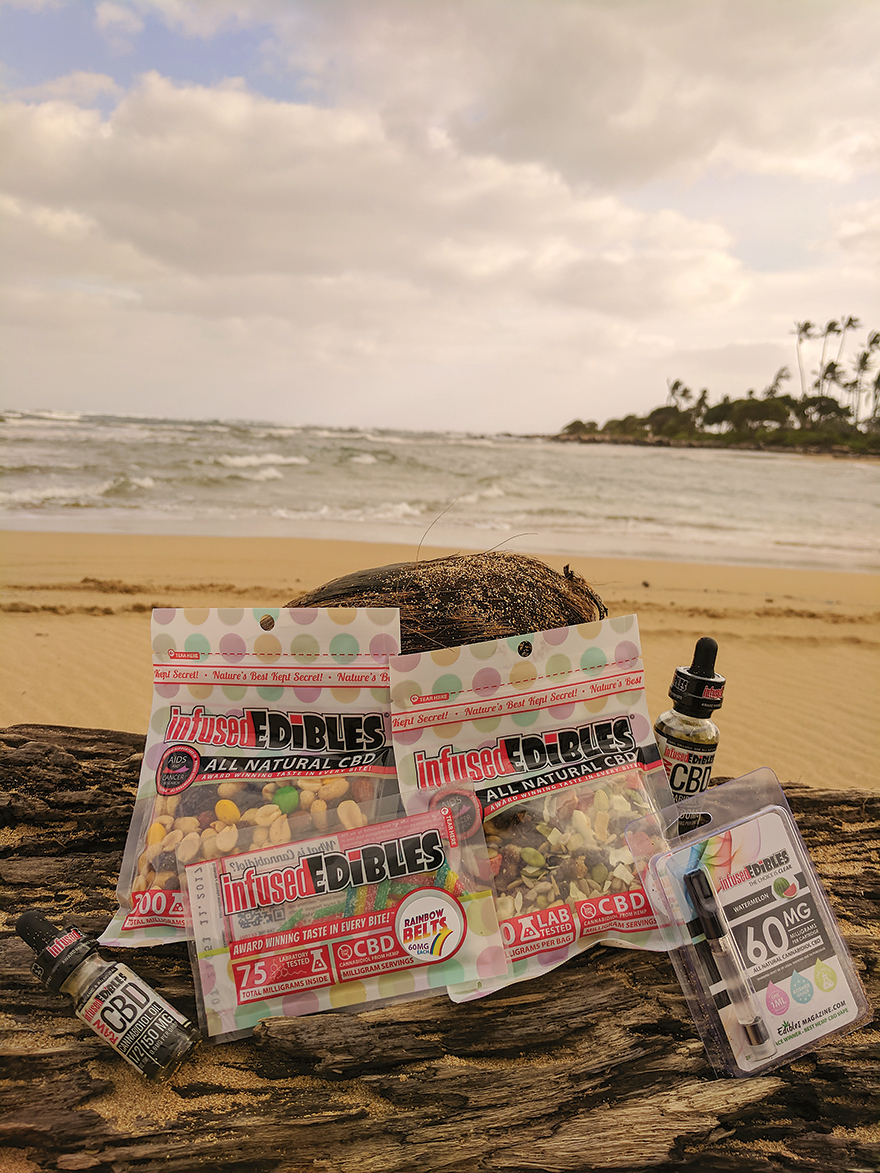
No More People or Insect or Fruit Shaped Candy
Edibles resembling fruit, animals, or humans will be prohibited beginning January 1st, and products may not resemble or be referred to as “candy” after then. Labels can’t have cartoons, images, or other messaging that could potentially appeal to kids, and they can’t include any kind of health promises or guarantees that can’t readily be scientifically proven. The health department also reserves the right to ban any future product that it deems too appealing to children. Packaging that has cartoon characters, images, or phrases that are popularly used to advertise to children, will not be permitted. Also now banned under the new regulations are: “Any cannabis product that the Department determines is easily confused with commercially available foods without cannabis.” This would be up to the California Department of Public Health to determine on a case by case basis.
The times are changing and this industry is changing with it, but we won’t all be changing in all of the same ways. Keep reading in the coming months and we’ll be sure we continue bringing you all of the latest and up to date news when it comes to what you are and aren’t allowed to eat when you want to get medicated. Look for all of the great products available from Infused Edibles, including dried fruit, nuts, organic gummies, trail mix, and beef jerky. In California all of their products can be purchased in 150 or 300 mg doses of THC but it seems that will change soon. You’ll still be able to get it all in those same strengths in CBD nationwide. They even have tinctures and products for pets.
Check them out here: infusededibles.org.
Patrick Ian Moore


